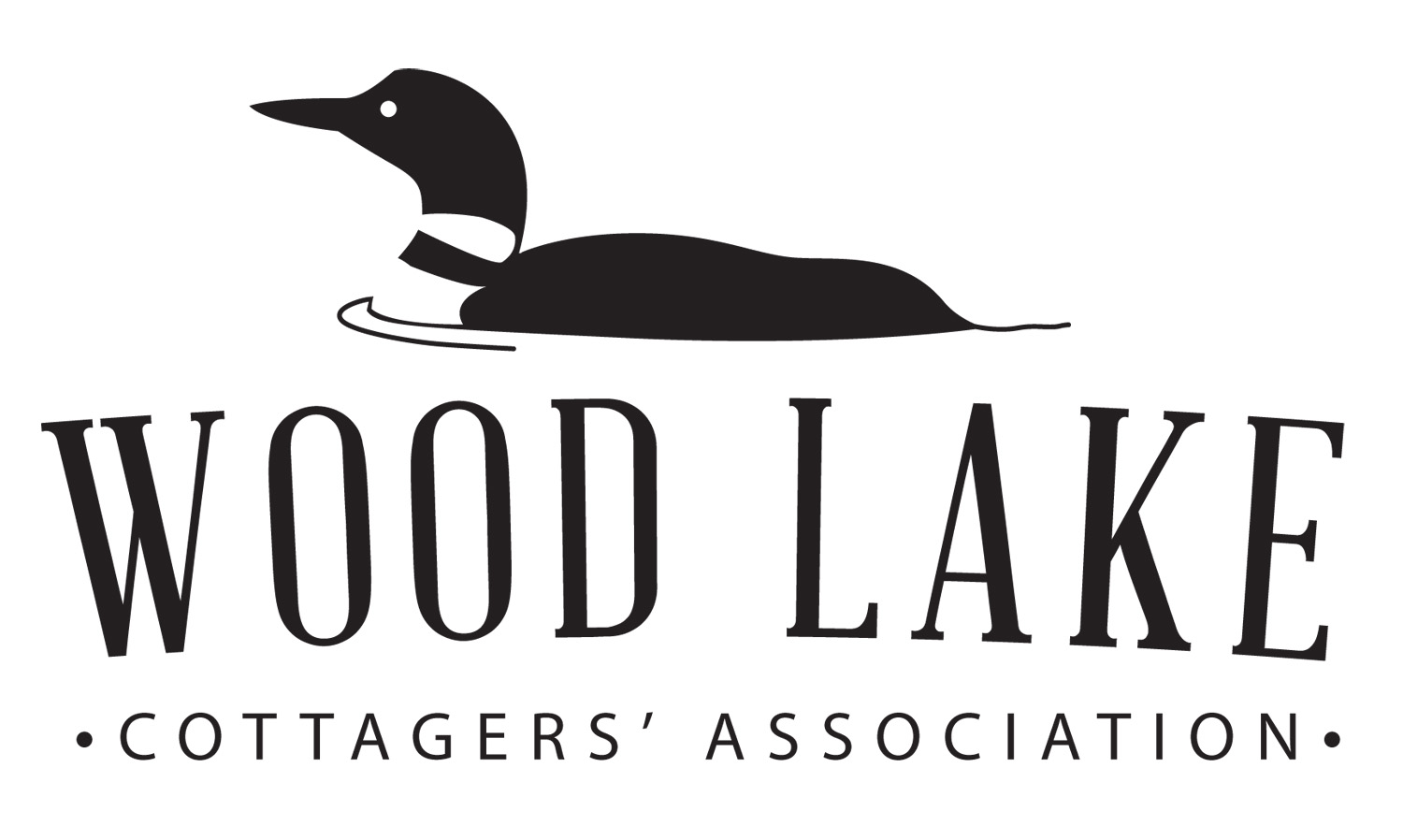2011 worst phosphorus year for Wood Lake since 2002
/In May of each year, water samples are collected from Wood Lake to test for phosphorus levels. This test is conducted by the District Municipality of Muskoka (DMM) and is reported on every other year. Wood Lake is an odd year lake so tests are done in odd-numbered years, i.e. 2007, 2009, 2011 etc. Samples are taken during May because this is when the lake is most ‘mixed’ due to the spring turnover and is most representative of the phosphorus levels in the lake. Every lake has a naturally occurring background level of phosphorus, but in 2007 Wood Lake was considered by the DMM to be “over the threshold”, having a phosphorus concentration over 7.05 micrograms/litre. If Wood Lake is below the acceptable phosphorus level for three consecutive test years then the lake will be removed from the ‘over-the-threshold’ list.
But, 2011 was the worst phosphorus year for Wood Lake since 2002! Spring phosphorus levels clocked in at over 10 micrograms/litre. Phosphorus levels can increase for any number of reasons, but are primarily caused by human activities, such as surface run-off from fertilizers, septic system leaks, and through sedimentation (i.e. if a part of the shoreline was developed in that year). The one-page PDF report produced by the DMM is also posted on this webpage.
So why should YOU care about phosphorus? Having ‘over the threshold’ phosphorus levels can cause algae blooms that degrade recreational water quality, and can affect the habitat of coldwater fish species such as lake trout. This also means that properties on the lake can be subject to more stringent regulations associated with development, severance and sale because, who wants to buy a cottage on a lake full of algae?
But the good news is that together we can put Wood Lake under the threshold! Below is a handy list to help you be a responsible cottager on Wood Lake:
- Don’t use fertilizers, pesticides or herbicides because these chemicals can run-off into the lake and can cause algal blooms
- Use phosphate-free or biodegradable soaps at your cottage (but no washing in the lake!)
- Pump out your septic tank regularly – every 3-5 years
- Avoid septic tank additives
- Build at least 30-60 metres away from shore
- Start a buffer strip by leaving grass uncut near shore.
- Do not dispose of gasoline down the drain, into surface water, or onto the ground
- Upgrade to a 4-stroke boat motor to prevent gas leakage into the lake
